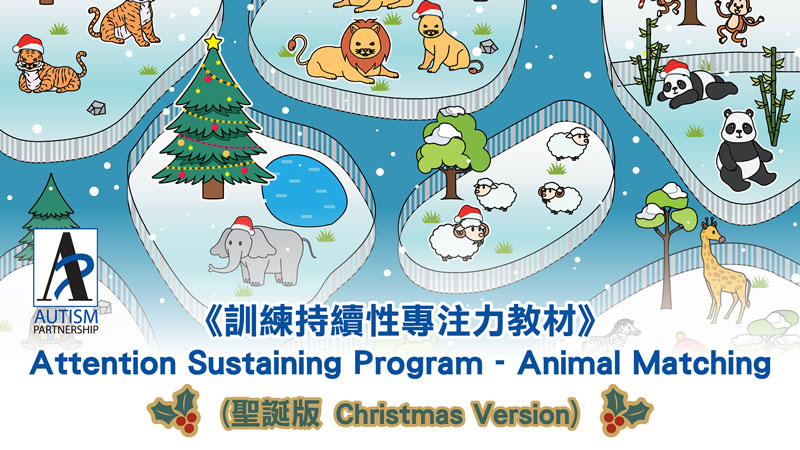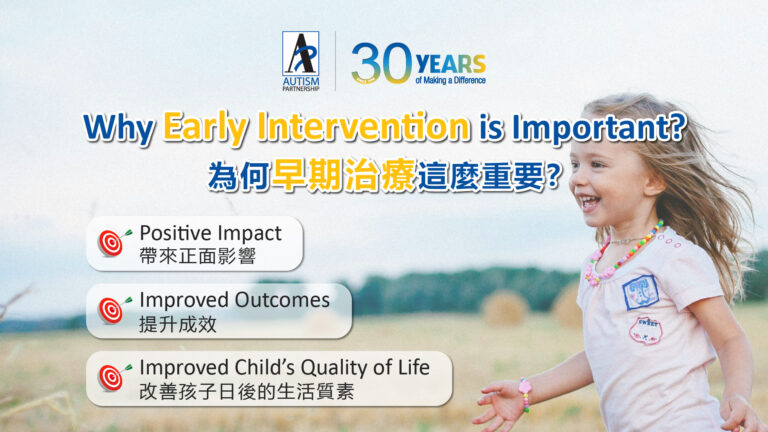
This teaching material is designed to teach children to sustain attention through activities, and generalize concepts related to zoo animals and surroundings.
Send us an email at apsparks@autismpartnershiphk.comto get the Christmas Version
Teaching objectives:
|
Prerequisites to Sustained Attention Program:
|
When the student is not paying attention and misses out on a label, redo the WHOLE task until the student is able to pay attention throughout the entire activity.</P.
In the beginning, to ensure the student understands the contingency of this activity, you may put the two boards closely and perform the activity side by side to help the student follow and attend more easily. You may then gradually increase the proximity once comprehended.
You may provide physical prompt by helping the student to remove the labels if they don’t understand what to do.
You may point to the labels with an exaggerated gesture to allow the student to see clearly.
You may point to the label and stay for a longer period of time to allow the student to process the information.
You may decrease the number of labels on the board if there are successive failures.
You may decrease the number of labels on the board if there are successive failures.
If the student’s attention span increases after practice, you may increase the complexity of each presentation. For example:

Send us an email at apsparks@autismpartnershiphk.com
to get the Christmas Version

Every little life is a special present for a family. From the time a baby is born, parents journey through lots of highs and lows, wishing for their child to grow up with a big smile, make great friends, find their own way in a job they love, and create a happy family. However, for […]

Autism Spectrum disorder can be diagnosed as early as 18 months. Research shows strong evidence on how effective Applied Behavior Analysis (ABA) can help children with Autism. It helps to deal with children’s challenging behaviors such as inattention, aggression, self-stimulation, etc. Howard, et al (2005) conducted a study to compare the effectiveness of 3 treatment […]

In today’s society where information flows freely, parents can easily receive different messages. However, these messages are often debatable or even wrong. Believing wrong information can easily lead to misguided choices and delay treatment, the consequences of which may last a lifetime. When conducting one-on-one consultations with parents, I often hear the following misguided views […]
Please share to let more people learn about ASD and ABA therapy:
AP holds the belief that with quality Autism Partnership Method (APM) treatment, individuals with autism should reach their fullest potential and achieve the greatest degree of independence and highest quality of life possible.

Sign up now to get ABA and Autism related news delivered to your inbox. Enter your email to get started
Hong Kong Center
Kowloon Center

All information received will always remain confidential. We will contact you as soon as we review your message. Thanks